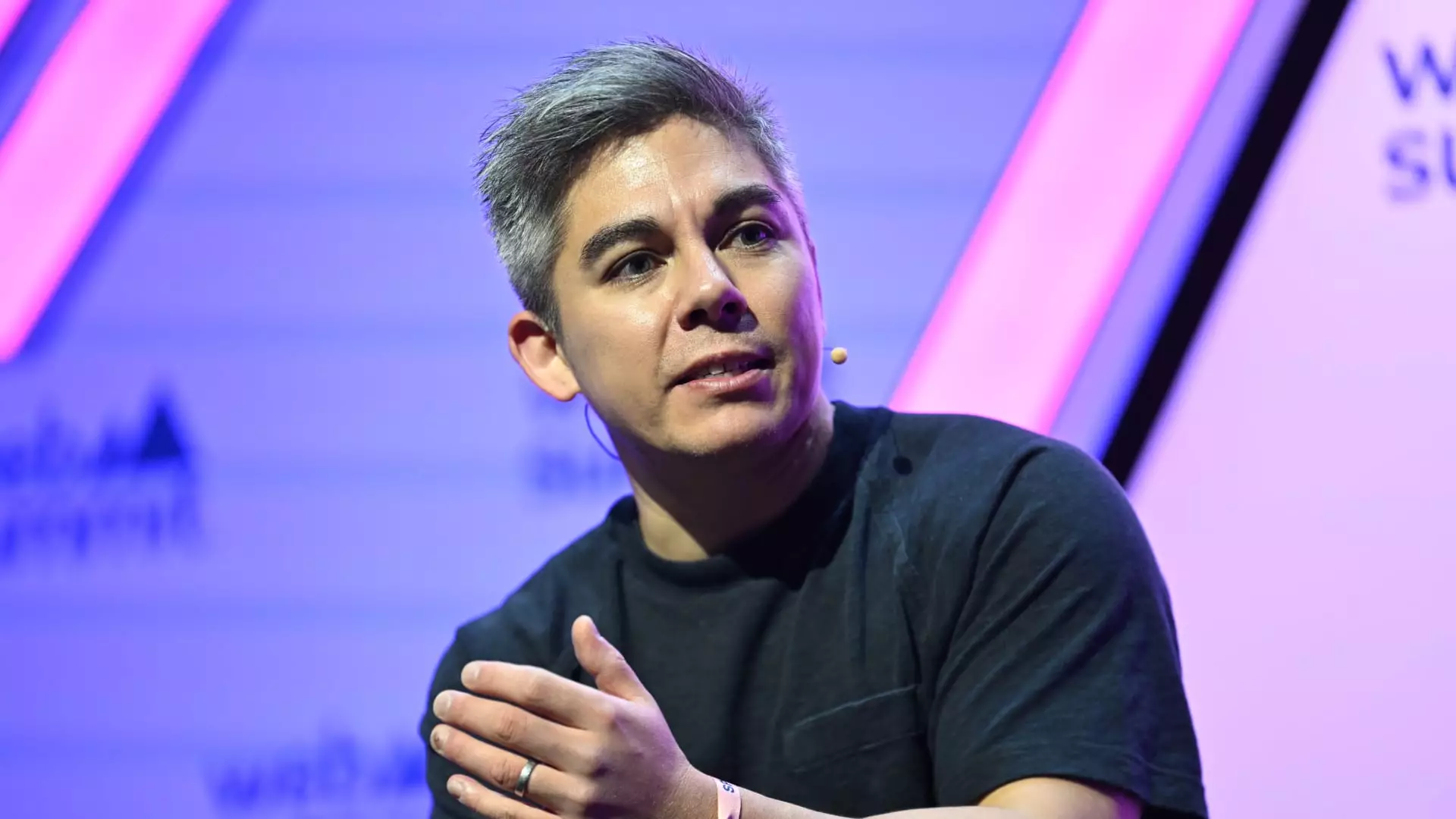In the dynamic world of financial technology, many unicorn companies are pausing before plunging into the public markets, particularly in light of Klarna’s recent confidential filing for a U.S. initial public offering (IPO). While this significant move has reignited conversations about the future of fintech IPOs, industry insiders remain skeptical about a sudden resurgence. This article examines the current landscape, insights from fintech leaders, and the potential for upcoming IPOs to reshape the market.
Klarna’s move to file for an IPO has certainly generated excitement within the fintech community, serving as a touchstone for future listings. Despite the buzz, the details surrounding Klarna’s IPO—specifically its pricing and the number of shares to be offered—remain unclear. Analysts and market participants are left wondering whether this signals an opening for other fintech companies to follow suit or if these developments are merely isolated events that will not influence the broader market significantly.
As fintech companies observe Klarna closely, they are also reflecting on their own readiness for such a step. The general sentiment is one of hesitation, with many executives expressing a preference to wait. This cautious approach underscores a fundamental belief among leaders that a successful IPO is not merely an end goal, but rather a marker that should align with core business growth and stability.
Several CEOs of notable fintech firms have voiced their concerns about the current state of the IPO market. Hiroki Takeuchi, CEO of GoCardless, highlighted this sentiment at the Web Summit in Lisbon, emphasizing that his business remains focused on building a solid foundation rather than rushing to market. For Takeuchi, the journey of developing a sustainable and thriving business takes precedence over the allure of an IPO.
Similarly, Lucy Liu, co-founder of Airwallex, resonates with this cautious optimism. Liu noted that while her company aims to be “IPO-ready” by 2026, the primary focus remains on solving compelling issues in cross-border payments. For many startups, similar to Airwallex, the IPO is viewed as a natural phase in the life of a business rather than a definitive end point.
The conversations surrounding IPO readiness not only involve company perspectives but also extend to investor relations. Jaidev Janardana, CEO of digital bank Zopa, reiterated this notion, acknowledging support from long-term investors that foster growth and flexibility in private markets. The consensus among these leaders is that the current investment climate favors sustained development without the immediate pressures associated with public market expectations.
Janardana hinted at a more promising future outlook for IPO opportunities. He expressed optimism that with improving market conditions, a resurgence in IPO activity could materialize around 2025, particularly with reference to developments in the U.S. market that would pave the way for European companies to reconsider their own paths to going public shortly afterward.
Despite the cautious optimism expressed by fintech leaders, analysts paint a more promising picture regarding the future of fintech IPOs. Navina Rajan of PitchBook outlined several conditions that could catalyze the public market for IPOs, emphasizing macroeconomic factors such as interest rates and political developments that may favor a more conducive environment for initial public offerings.
Rajan’s insights provide a framework for understanding the evolving landscape, suggesting that the current phase may not merely be a lull but rather a preparatory period leading to an eventual surge in activity. The combination of favorable market indicators and renewed investor interest creates intrigue around forthcoming IPOs.
As the fintech world watches Klarna’s IPO endeavors unfold, companies are weighing their own futures within a climate defined by uncertainty yet colored by potential opportunity. There is a palpable tension between the allure of going public and the pragmatic approach of building robust businesses. While the IPO pipeline may take time to fill, the indicators of a thawing market could offer glimmers of hope for both prospective companies and investors alike.
In an evolving landscape marked by innovation and shifting consumer demands, the path to a successful IPO involves not just the desire to list but a strategy that aligns growth and market readiness. Ultimately, the future of fintech IPOs may hinge on how well companies balance their ambitions with the realities of an ever-changing economic environment.

